Nail-related ailments are more prevalent than one might think, yet they often remain neglected or under-examined. Fortunately, most people have healthy nails, but there are a myriad of potential issues that can lead to distress. Educating ourselves on the various causes and signs of nail afflictions allows us to take proper precautions or employ appropriate treatments.
From accidental injuries to nutritional deficiencies, a range of external and internal factors can set the stage for a variety of nail diseases and disorders. In particular, psoriasis, fungal infections, dystrophies, and nail bed tumors are some of the less fortuitous conditions that can befall individuals.
Psoriasis is a common affliction that influences both the skin and nails. Its trademark signs are raised, red patches topped with flaky scales. Additionally, it can give nails an unsightly makeover including discoloration, cracking, peeling, thickness, and pits. Fortunately, there are treatment options available such as light therapy, medication administered in the system and topical interventions.
Fungal infections are a frequent type of nail disease. They are caused by yeasts or molds and are usually recognizable by the discoloration, harder-than-normal texture, and susceptiblity of the nails. To counteract the fungal infection, antifungal medications or ointment creams may be prescribed.
Dystrophies, originating in genetics, are a commonly observed nail affliction. Of those affected by this condition, thickened, discolored, and fragile nails are seen to be the results, leading to a need for supplementary and topical medication.
Rare though they may be, nailbed tumors can pose a critical risk. Such growths develop from the nailbed, and may lead to the thickening and discoloration of nails. Addressing these tumors typically requires surgery to excise them.
A multitude of other disorders and diseases can affect the nails, including alopecia, onychomycosis, onychogryphosis, and nail trauma. Alopecia is a disease that weakens the nails, leaving them thin and fragile. A fungal infection that is known as onychomycosis is also a common culprit for nail afflictions. Additionally, an affliction that is called onychogryphosis causes the nails to become thickened and irregularly curved. Ultimately, physical damage to the nails may lead to nail trauma; this can result in the nails becoming cracked, split, or unevenly discolored.
An individual who is experiencing any of the symptoms associated with nail diseases or disorders should visit a medical professional. By doing so, the diagnosis may be identified and an appropriate treatment plan can be suggested. Beneficially, many such ailments and abnormalities can typically be handled with modified habits or medications.
To sum up, nail diseases and disorders are widespread and can create a host of symptoms. Knowing the triggers and signs of these ailments can put you in control and let you begin treatment or prevention. If you experience any of the outlined symptoms, it is critical to make an appointment with a doctor for an assessment and remedy.
Far too often, nails are written off as cosmetic accessory without factoring in their capacity to signal a dramatic range of diseases and disorders. Fungal infections, psoriasis – there is a host of health issues that may be made visible through your very fingertips. In the following article, we will explore the various symptoms, triggers, and treatments for these oft-missed afflictions.
Revolving around the nail bed and plate of our digits, fungal infections are amongst the most common nail diseases and disorders. They’re created by a plethora of fungus’ including yeasts, molds, and dermatophytes. The highest number of nail-related fungal ailments is dubbed onychomycosis and is recognizable through yellowing, thickening, crumbling, and secondary signs such as itching, burning, and pain. As treatment, it’s typically necessary to administer antifungal medications either orally or as a topical application.
Psoriasis is an unpredictable chronic skin condition that can affect the nails in some cases. Characteristics include red, scaly patches on the skin along with thickening, discoloration, and crumbling of the fingernails. Reasons for suffering from the condition have remained enigmatic, although researchers assume a connection to an overactive immune system. Treatment options are varied and include topical medications like corticosteroids, light therapy, and systemic medicines.
A toenail that curves and grows into the flesh surrounding it is referred to as an ingrown toenail. Such a condition can result in redness, pain, swelling, and infection. Generally, the cause for this disorder is either cutting the nail in an inadequate manner or wearing close-fitted shoes. In treating an ingrown toenail, soaking the affected toe in warm water regularly and appropriately trimming the nail is often recommended. However, more drastic measures such as surgery could be necessary if the problem is too extreme.
Unlocking the Mystery of the Yellow Nail Syndrome
An uncommon disorder, Yellow Nail Syndrome, appears through yellowing of nails, along with an increase in their thickness and a drop in pliability. Its root cause is not fully understood, although connections to infection, inflammation, and physical harm are probable. Treatment for this syndrome commonly includes tending to the source issue, as well as topical antifungal medications and corticosteroids.
Tiny dark lines appearing in the nail bed can be indicative of splinter hemorrhages. These splinters are usually caused by nail trauma, infection, and swelling. To combat them, one must first address the underlying problem and then keep their nails neatly trimmed. Additionally, it is important to maintain caution and be mindful of events which may cause harm to the nail bed.
The skin around your nails can easily be susceptible to a microbial infection such as paronychia. This type of infection can cause redness, swelling, and tenderness; to rid yourself of it, you may need to liquidate the fluid and take antibiotics and antifungal medications.
Nail pitting is a condition on the nail plate whereby indentations or small depressions are caused. Although it remains unclear what exactly causes nail pitting, it may be linked to psoriasis, alopecia areata, or other skin ailments. To tackle this matter, treating the root cause must be considered, as well as using topical corticosteroids as a potential therapy.
The tips of the fingers and toes may become enlarged and curved under certain circumstances, known as clubbing. This phenomenon can often be attributed to lung or heart complications, and the management of such often requires lifestyle modification in addition to addressing the primary health issue.
Thin, curved, and brittle nails can be an indication of a medical condition known as koilonychia. This problem typically stems from iron deficiency anemia, but it can also be caused by thyroid problems, psoriasis, or other ailments. To resolve this condition, sufferers should address any underlying issues and also build up iron levels through supplementation.
From minor discolouring to fungal infection, nail diseases and disorders can be indicators of underlying medical issues – and ignoring them could put an individual’s health in danger. While certain less serious conditions may respond to medication or a lifestyle adjustment, other cases may require more intensive medical care. To avoid potentially dire side-effects, it is best to visit a doctor if any symptoms associated with these disorders present themselves; timely diagnosis and treatment can often mean the difference between recovery and failure.
Related Product
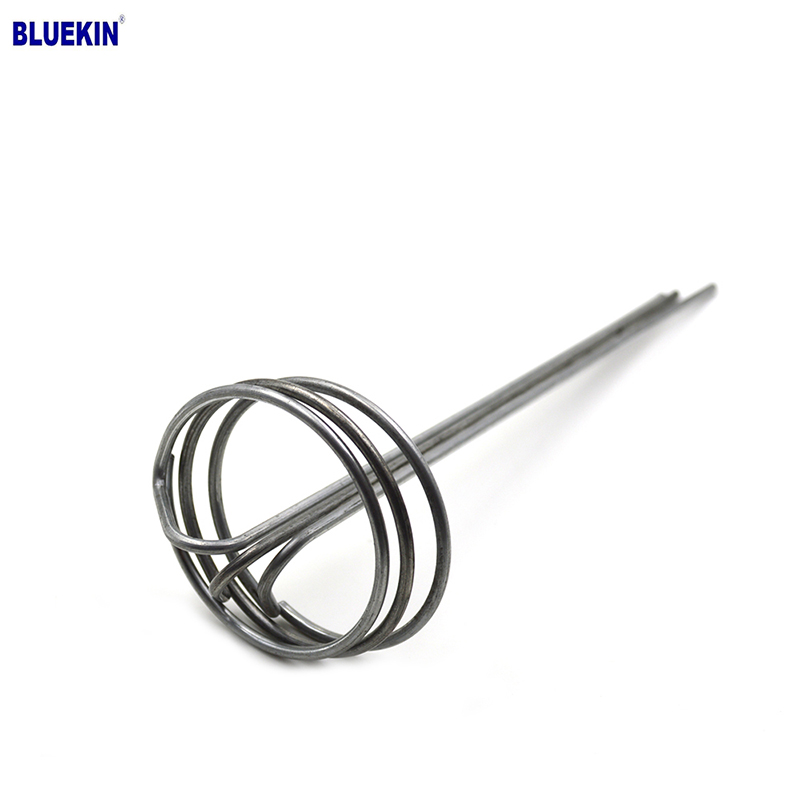
G Sod Staple
Product Information: Product name Sod Staple Material: Q195 /Q235 Size: 3/4X14GA, 3/4X9GA, 7/8X14GA, 1X9GA, 1-1/4X9GA, 1-1/2X9GA, 1-3/4X9GA Type: Round head with smooth shan […]
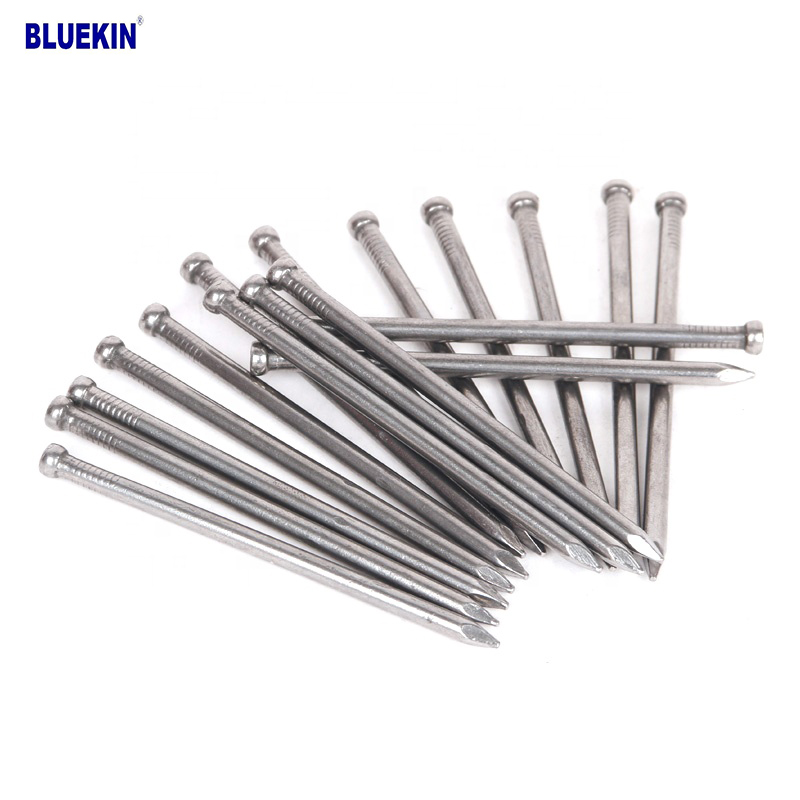
Headless Nail
Product Information: Cheap Lost Head Nails/ Headless Nails/ Finishing Nails Price Material Q195 or Q235 iron wire rod or according to request Size 1″ – 6″ Finish Polished or […]
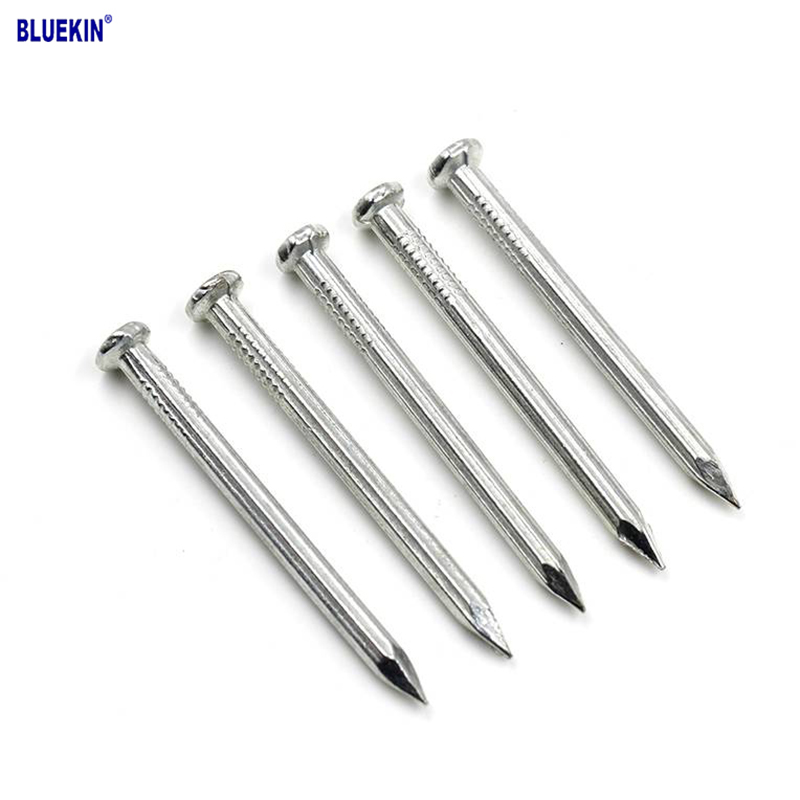
Concrete Nail
Product Information: Product name CONCRETE NAIL Material: #45 or #55 Steel Size: 1/2″-6″ Type: Round head with smooth shank or groove shank Treatment: Electro galvanized, ho […]
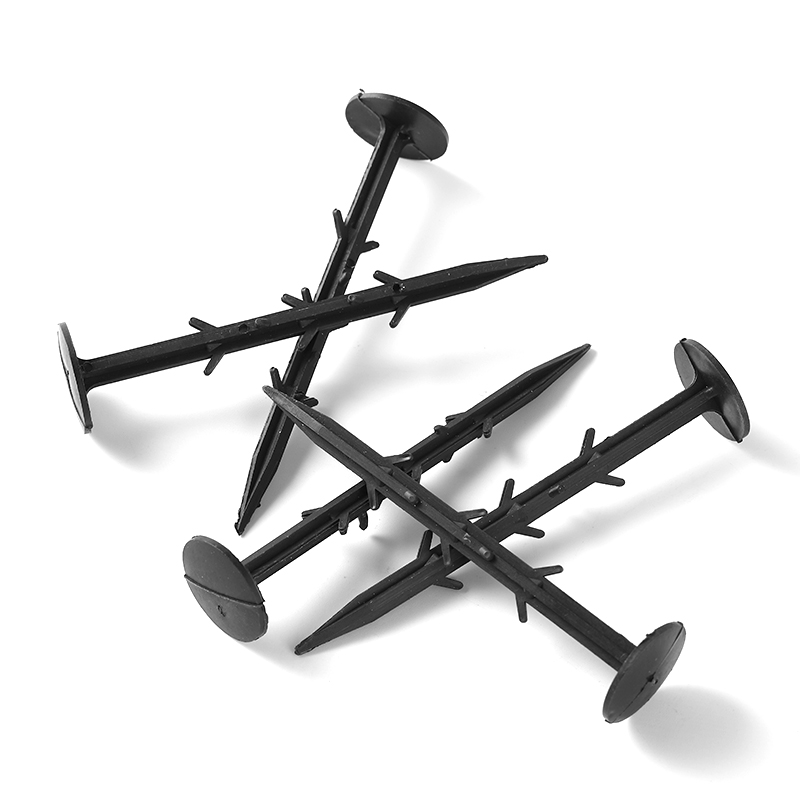
Garden Nail
Product Information: Black or yellow color plastic ground pegs are used for fix the ground cover or woven fabric or fleece on the ground. Material: Virgin PP OR PP +UV stabi […]

U Sod Staple
Product Information: Landscape Staples * 11 GAUGE STEEL CONSTRUCTION: The points on the staples are sharp enough to pierce commercial ground cloth, and the staples are long […]
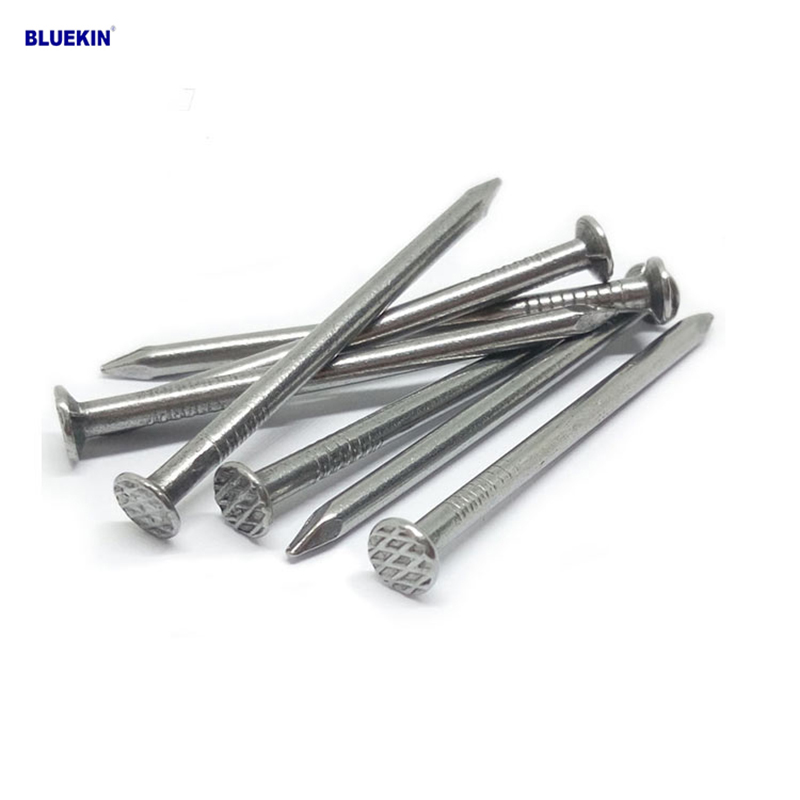
Common Nail
Product Information: Common Nail Material Q195, Q235 Shank diameter 1.2mm-10mm Length 19mm-300mm Finish polish/bright, electro galvanized, hot dip galvanized Head flated he […]

Paper Strip Nail
Product Information: Material Q195, Q235, stainless steel Surface Finish Bright, Galvanized, Hot Dipped Galvaized, Electro Galvanized, Zic Yellow, Zine Bule, MG, Dacro, etc. […]
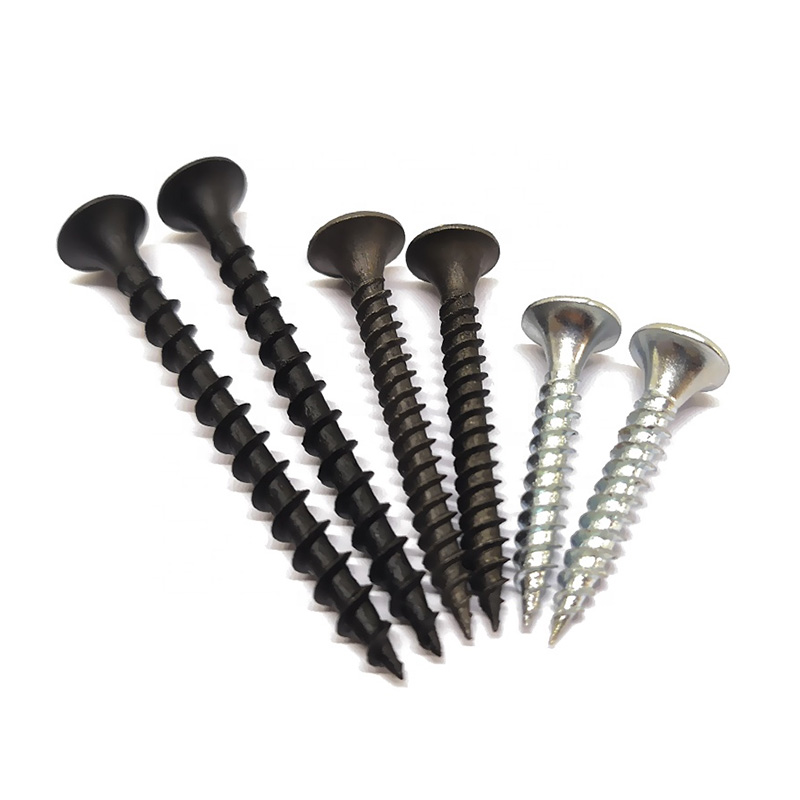
Drywall Screw
Product Information: Product Name Screws Drywall Nail Material Carbon steel C1022a Color Black,Galvanized Standard ISO,GB,DIN,JIS,ANSI,BSW Diameter M3.5-M6.3, 6#-14# Length […]
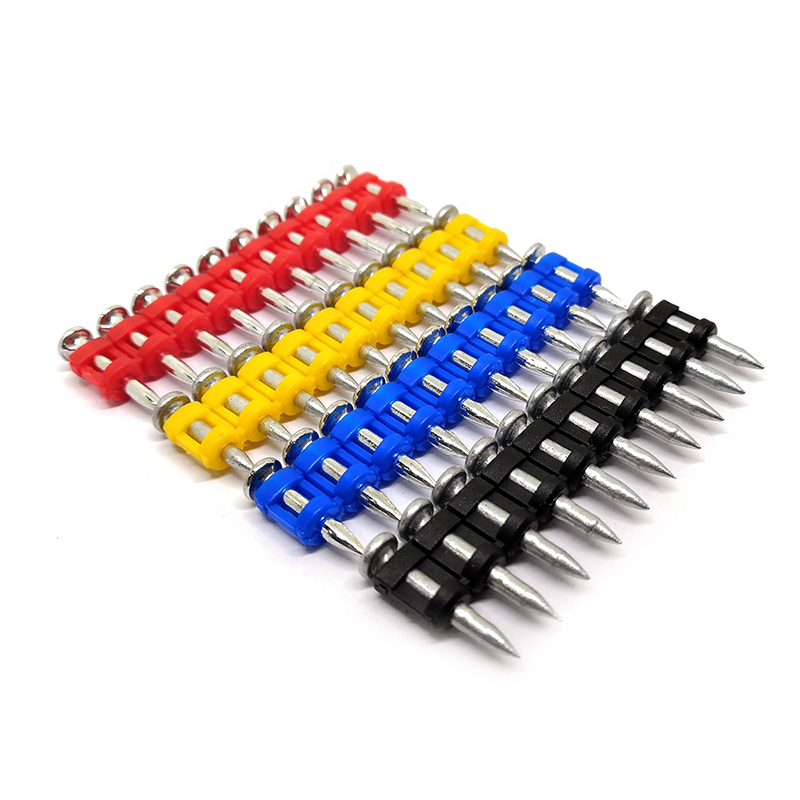
Shooting Nail
Product Information: GAS CONCRETE PIN NAIL raw material steel#45,#60 diameter 2.6mm,2.7mm,3.0mm,3.2mm length 13mm,16mm,19mm,22mm,27mm,32mm,37mm shank smooth shank & shri […]